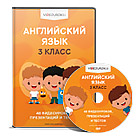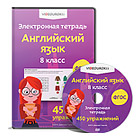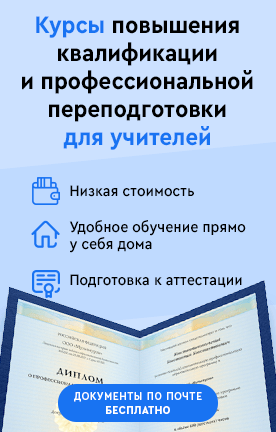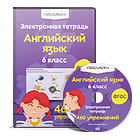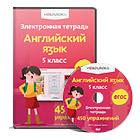Student grouping
The grouping of students for instruction is infl uenced by decisions made at both the school and classroom levels, and decisions at both levels often require intervention by those assuming leadership roles. This is because both heterogeneous and homogeneous ability-grouping practices are advocated for the accomplishment of the same goals. At any point over at least the last 50 years, a synthesis of available empirical evidence would have suggested, quite unambiguously, that students having diffi culty at school, especially those disadvantaged by their socioeconomic backgrounds, learn more when they are working in heterogeneous rather than in homogeneous ability groups (e.g., Oakes, 1985; Yonezawa, Wells, and Serna, 2002). Relatively high expectations for learning, a faster pace of instruction, peer models of effective learning and curricula that are more challenging are among the reasons offered for this advantage. Relatively high expectations for learning, a faster pace of instruction, peer models of effective learning and curricula that are more challenging are among the reasons offered for helping disadvantaged students learn more.62 In spite of this evidence, over this same period, the vast majority of teachers and administrators have enacted practices that separate students by ability; their argument is that homogeneous grouping produces greater learning by allowing for the concentration of instructional resources on the same set of learning problems. Many teachers have regarded implementing heterogeneous grouping practices in classrooms as very diffi cult. Nevertheless, this is one of the rare examples of professional “common sense” being just plain wrong. Changing the common sense beliefs of teachers about heterogeneous grouping effects on the learning of struggling students requires those providing leadership to bring relevant evidence to the attention of their colleagues in accessible and convincing ways, to encourage actual trials with heterogeneous groupings under conditions which include opportunities for practice, feedback and coaching and to help teachers generate “the kind of assessment information that will make the impact of tracking and detracking more visible” (Riehl, 2000).
